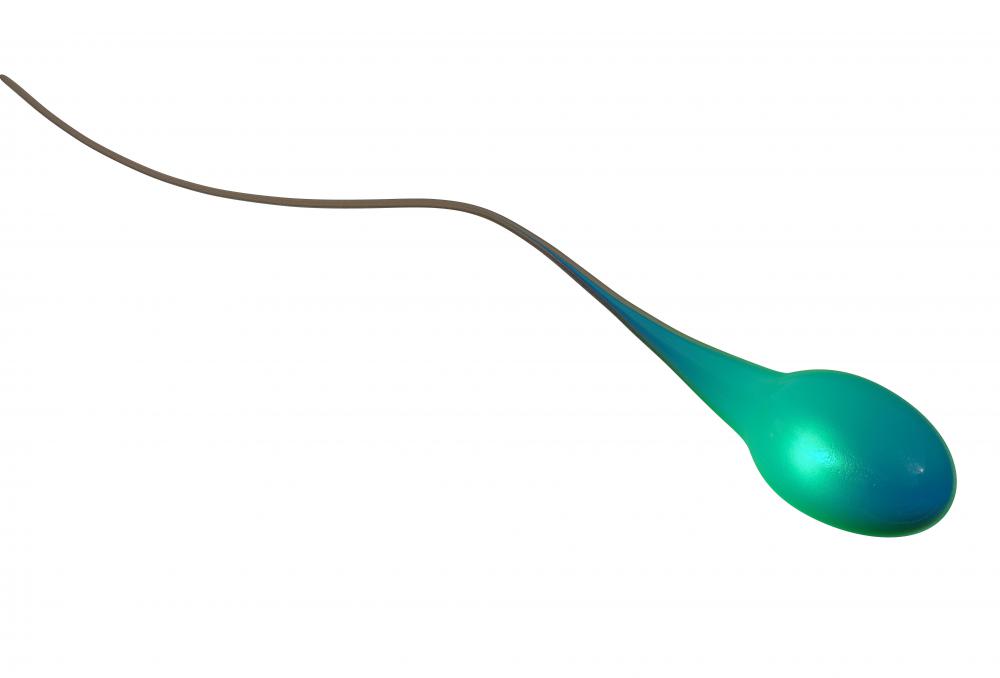At WiseGEEK, we're committed to delivering accurate, trustworthy information. Our expert-authored content is rigorously fact-checked and sourced from credible authorities. Discover how we uphold the highest standards in providing you with reliable knowledge.
What is IVF with ICSI?
In vitro fertilization with introcytoplasmic sperm injection — or IVF with ICSI, — is a medical procedure used to fertilize a woman's eggs so that she can become pregnant. Patients may undergo this procedure if they are unable to become pregnant naturally. The eggs are retrieved from the patient and then injected with sperm in a laboratory. The resulting embryo is then implanted in the woman's uterus.
This procedure is often performed for couples who wish to have a child, but the man is infertile. He may have a sperm concentration that is 15 to 20 million per milliliter or less, or his sperm may have trouble reaching the egg, known as poor sperm motility. An IVF with ICSI allows the couple to use the man's sperm to fertilize the eggs, or a woman may also choose to become pregnant with donor sperm. Often, in vitro fertilization without ICSI is attempted first, which allows the sperm to fertilize the egg in the laboratory, but the egg is not injected. If this procedure fails, an IVF with ICSI may be recommended.

To begin an IVF with ICSI, the woman will take medications that stimulate the ovaries to produce more eggs in a process called ovulation induction. These drugs include follicle stimulating hormone (FSH) injections, which are typically used for about seven to 12 days. Patients should discuss with their doctors the ideal number of eggs they wish to have retrieved. Success rates are generally higher when between eight to 15 eggs are retrieved; however, a lower number can also work. While taking the drugs, the woman is monitored with ultrasound imaging tests and blood tests.

When the eggs are ready for retrieval, the woman will be sedated and the pelvic area will be numbed with a local anesthesia. A hollow needle is inserted into the pelvic cavity to retrieve the eggs in a process called follicular aspiration. Side effects from this procedure are generally minor, but may include temporary cramping and a sensation of pressure in the pelvic region. The male will then provide the sperm, or donated sperm may be used.
In the laboratory, the next step in an IVF with ICSI is to inseminate the eggs. Each mature egg will be injected with one single sperm using special, tiny needles. The eggs will then be incubated and monitored for signs of fertilization.
After about three to five days, the embryos are ready to be transferred, which is the final step in an IVF with ICSI. A thin catheter will be inserted through the patient's cervix. Typically, one to two embryos are inserted through this catheter; however, some patients may have as many as five embryos transferred. This decision depends on the quality of the embryos, the age of the patient, and the patient's personal preferences. Unused embryos may be frozen for later use, if the patient wishes.
AS FEATURED ON:
AS FEATURED ON:












Discussion Comments
Post your comments